According to the report of the Ministry of Finance , as of April 30, 2025, the disbursement of public investment capital nationwide is estimated at VND 130,961 billion, equivalent to 14.19% of the total capital plan for 2025 and reaching 15.56% of the capital plan assigned by the Prime Minister . Of which, the disbursement of local budget capital reached more than VND 81,818 billion (17.2%), the central budget capital reached VND 46,694 billion (13.33%).
Compared to the disbursement of VND 80,306 billion in the first quarter of 2025, the results in April clearly showed an acceleration. In particular, the disbursement rate in April reached VND 50,655 billion, higher than the same period last year in both absolute value and percentage compared to the plan. The Ministry of Finance assessed that the progress had caught up with the same period last year and started to change positively in a number of ministries, branches and localities. There were 10/47 ministries, central agencies and 35/63 localities with disbursement exceeding the national average.
Notably, some units have very high disbursement rates such as: Vietnam General Confederation of Labor (86.43%), Voice of Vietnam (73.82%), Vietnam Bank for Social Policies (41.16%), Lao Cai province (42.86%), Long An province (39.12%)...
The total public investment plan from the State budget in 2025 is VND 923,030 billion, of which the Prime Minister assigned VND 825,920 billion in detail (including VND 350,195 billion from the central budget and VND 475,727 billion from the local budget); the rest is the unassigned national target program capital and the extended plan of previous years. In particular, localities have assigned an additional VND 71,691 billion from the local budget balance compared to the plan assigned by the Prime Minister.
Despite positive changes, there are still 10 ministries, central agencies and 7 localities that have not disbursed or disbursed less than 1%. Many ministries and sectors have very low disbursement rates such as the Ministry of Information and Communications (0.09%), the Ministry of Industry and Trade (0.26%)...
The Ministry of Finance pointed out two main groups of causes. The first is institutional obstacles and objective factors. Currently, many fields such as health, education, and environmental resources do not have specific regulations on project management costs and consulting costs. This makes it difficult to determine the total investment and implement projects without construction components. The 2024 Land Law has just come into effect but has not been uniformly guided at the local level, leading to delays in site clearance. In addition, the organizational structure after the merger of administrative units is not stable, causing many projects to be stopped or adjusted in scale.
In addition, market factors such as sudden increases in construction material prices, limited supply, adverse weather and local budget revenue falling short of estimates also greatly affect the progress of public investment projects.
The second is the subjective cause from the units assigned capital. The situation of developing plans that are not close to reality, and the investment procedures that are not complete right from the budgeting stage, leads to slow capital allocation and failure to organize bidding. By the end of April, there was still about 27,861 billion VND, equivalent to 3.37% of the plan assigned by the Prime Minister. In addition, the prolonged adjustment of capital plans that do not meet regulations also makes it impossible for some ministries and branches to organize disbursement.
Telegram No. 47/CD-TTg dated April 22, 2025 of the Prime Minister requires ministries, branches and localities to identify public investment disbursement as a key political task, and must directly direct the removal of difficulties for each project. The head must be responsible for any delays, negativity and waste. The Prime Minister also assigned the task of reviewing and transferring capital from slow-moving projects to projects with high disbursement potential, and at the same time strictly handling weak officials who shirk responsibility.
Implementing this direction, the Ministry of Finance has urgently reported to the Government on the plan to allocate the remaining capital of the three national target programs, summarized and evaluated the specific mechanism for the 2021-2025 period as a basis for building a new mechanism for the 2026-2030 period, and submitted a detailed plan to handle unallocated central budget capital after March 15, 2025.
The Ministry also proposed a series of more drastic solutions in the coming time: requiring detailed disbursement plans on a monthly and quarterly basis; tightening supervision of large or technically complex projects; boosting local budget collection from land to ensure investment resources; and strengthening decentralization, clearly defining the responsibilities of implementation at each level.
The Ministry of Finance report emphasized: “If the above solutions are fully implemented, the disbursement rate of state budget capital in 2025 can reach 95% to 100% of the plan assigned by the Prime Minister”. In the context of many economic challenges, public investment is expected to be a key growth driver. Accelerating progress will not only promote economic recovery but also reduce the pressure of disbursement at the end of the year, helping projects to be put into operation soon and promote efficiency.
Source: https://nhandan.vn/tang-toc-giai-ngan-von-dau-tu-cong-bat-kip-tien-do-nam-ngoai-post877294.html


![[Photo] Panorama of the memorial service for former President Tran Duc Luong](https://vphoto.vietnam.vn/thumb/1200x675/vietnam/resource/IMAGE/2025/5/25/d33968481f21434fa9ed0df48b9ecfa9)

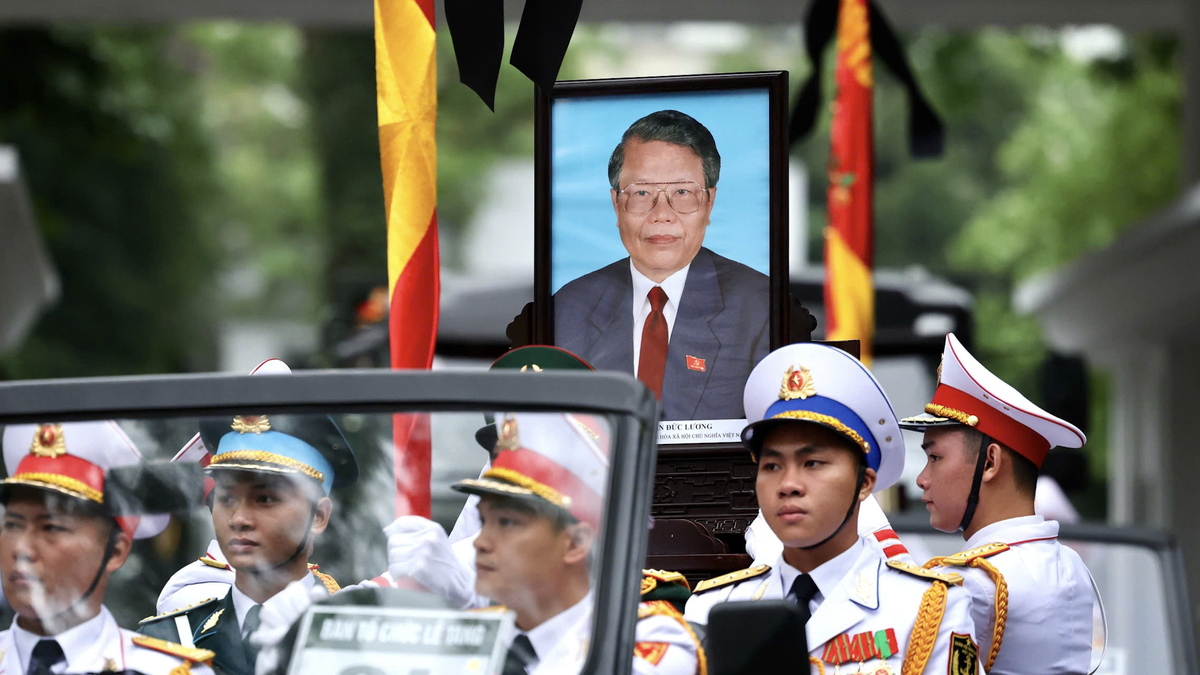

![[Photo] Prime Minister Pham Minh Chinh meets the Vietnamese community in Malaysia](https://vphoto.vietnam.vn/thumb/1200x675/vietnam/resource/IMAGE/2025/5/25/1f11d1256d7745a2a22cc65781f53fdc)
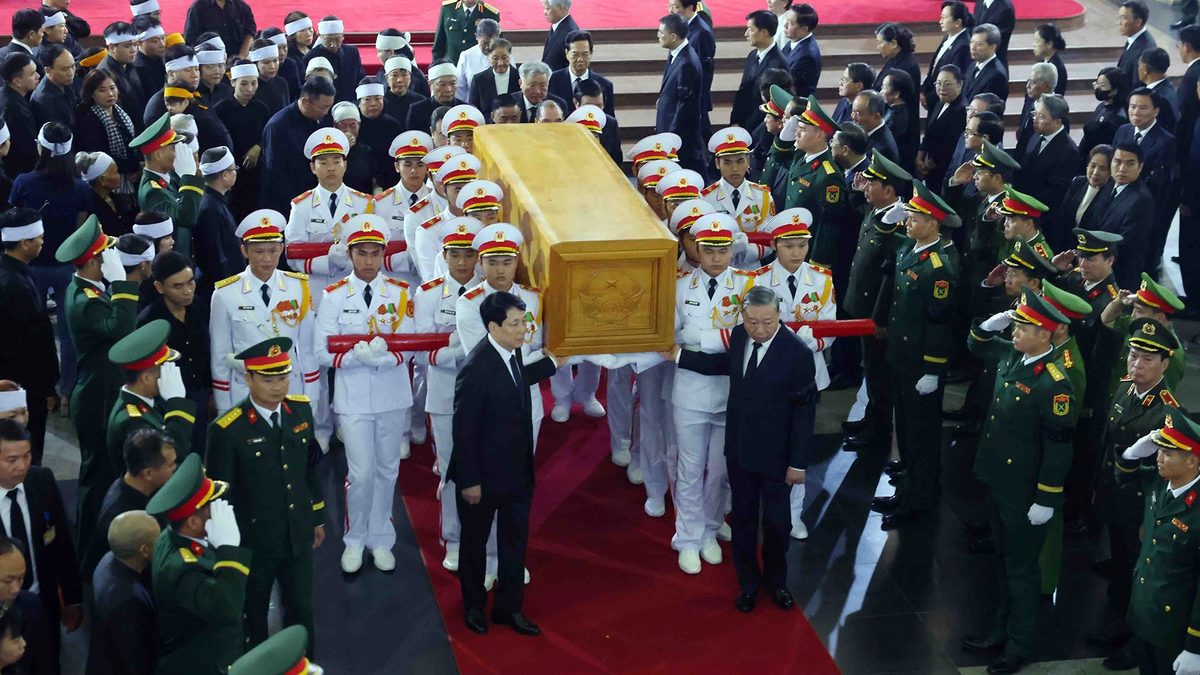













![[Photo] Prime Minister Pham Minh Chinh meets the Vietnamese community in Malaysia](https://vphoto.vietnam.vn/thumb/402x226/vietnam/resource/IMAGE/2025/5/25/1f11d1256d7745a2a22cc65781f53fdc)
![[Photo] Panorama of the memorial service for former President Tran Duc Luong](https://vphoto.vietnam.vn/thumb/402x226/vietnam/resource/IMAGE/2025/5/25/d33968481f21434fa9ed0df48b9ecfa9)


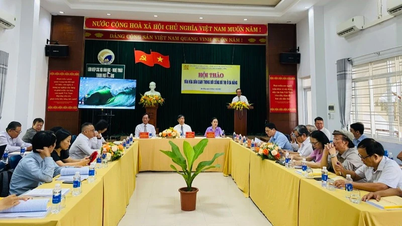
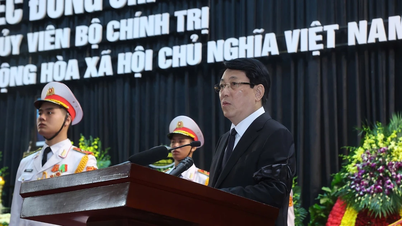


























































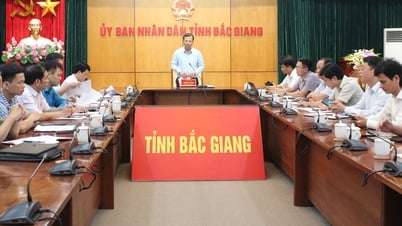



Comment (0)